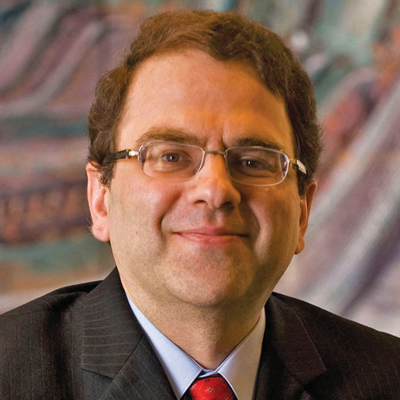Editor’s note: The following opinion piece was published in the Wall Street Journal, Aug. 19, 2015.
I participate in the meetings of the Federal Open Market Committee, the monetary policy-making arm of the Federal Reserve. In that capacity, I’m often asked by members of the public about the biggest danger facing the economy. My answer is that monetary policy itself poses the biggest danger.

Many observers have called for the FOMC to tighten monetary policy by raising interest rates in the near term. But such a course would create profound economic risks for the U.S. economy.
Why would a near-term tightening of monetary policy be so problematic? Because given the prevailing economic conditions, higher interest rates would push the economy away from the FOMC’s economic goals, not toward them.
Congress has mandated that the Fed promote price stability and maximum employment. The FOMC has translated its price-stability mandate into a target 2% inflation rate, as measured by the personal consumption expenditures price index. Inflation has run consistently below that objective for more than three years and is currently at 0.3%.
The outlook is for more of the same. Most private forecasters do not see inflation reaching 2% for the next two years. Government bond yields are consistent with that same subdued inflation outlook. In June the FOMC’s own staff forecast was that inflation would remain below the committee’s 2% target until the 2020s.
The U.S. inflation outlook thus provides no justification for policy tightening at this juncture. Given that outlook, the FOMC should ease, not tighten, monetary policy by, for example, buying more long-term assets or by reducing the interest rate that it pays on excess reserves held by banks. Along these lines, the board of directors of the Minneapolis Fed has for the past few months been recommending a reduction in the interest rate that the Federal Reserve charges banks for discount window loans.
Now, this is not to say that increasing the federal-funds rate by a mere quarter of one percentage point, as many advise, would in and of itself have a huge direct impact on the U.S. economy. But even a small change toward tighter policy would send a strong message to financial markets.
If the Fed raises interest rates when inflation is so far below target, market participants and other members of the public could well conclude that the FOMC has implicitly lowered its inflation goal. That, in turn, poses two serious risks to the economy.
The first risk is near-term. Financial decisions depend on real—that is, net-of-inflation—interest rates. If the public believes the Fed has lowered its inflation goal, all real interest rates in the U.S. will be higher.
This will discourage people from borrowing money for homes and autos. It would likely raise the dollar’s value relative to foreign currencies, making U.S. goods and services less attractive to households and firms here and abroad. Prices of homes and other assets would also feel downward pressure under higher interest rates. All of these changes would likely discourage spending and create a drag on U.S. economic activity and employment growth.
The second risk is longer-term. In late 2014 the FOMC ended its asset purchase program, even as the outlook for inflation was sliding further below the 2% goal. Financial markets logically interpreted this step as meaning that the FOMC had tacitly lowered its longer-term inflation objectives from the 2% goal established in January 2012. If the committee were to tighten monetary policy again by raising the federal-funds rate in 2015, when the inflation outlook has changed little since late 2014, markets would likely respond similarly.
Moreover, by again setting policy in a direction opposite its stated goals, the Fed would diminish the credibility of those goals. As we have seen in Japan over the past two decades, when the public comes to doubt a central bank’s commitment to its goals, the economy can land in a permanent low-interest-rate trap. The central bank is then much less able to fight recessions effectively. Unfortunately, as we have also seen in Japan, such traps are extremely difficult to escape.
I am confident that the time will come when economic conditions will be appropriate for the FOMC to raise the federal-funds rate from its current low level. But that time is not now. Tightening monetary policy when inflation is projected to be so low is a step in the wrong direction.





